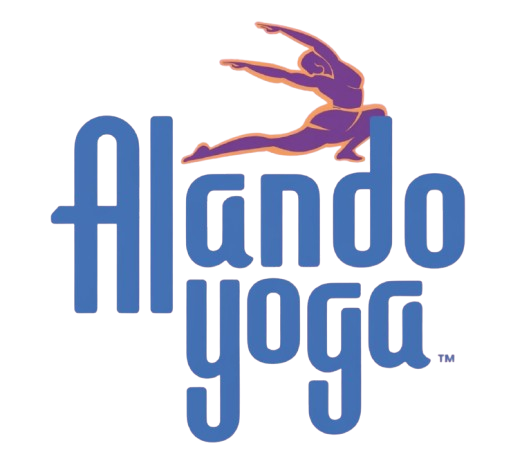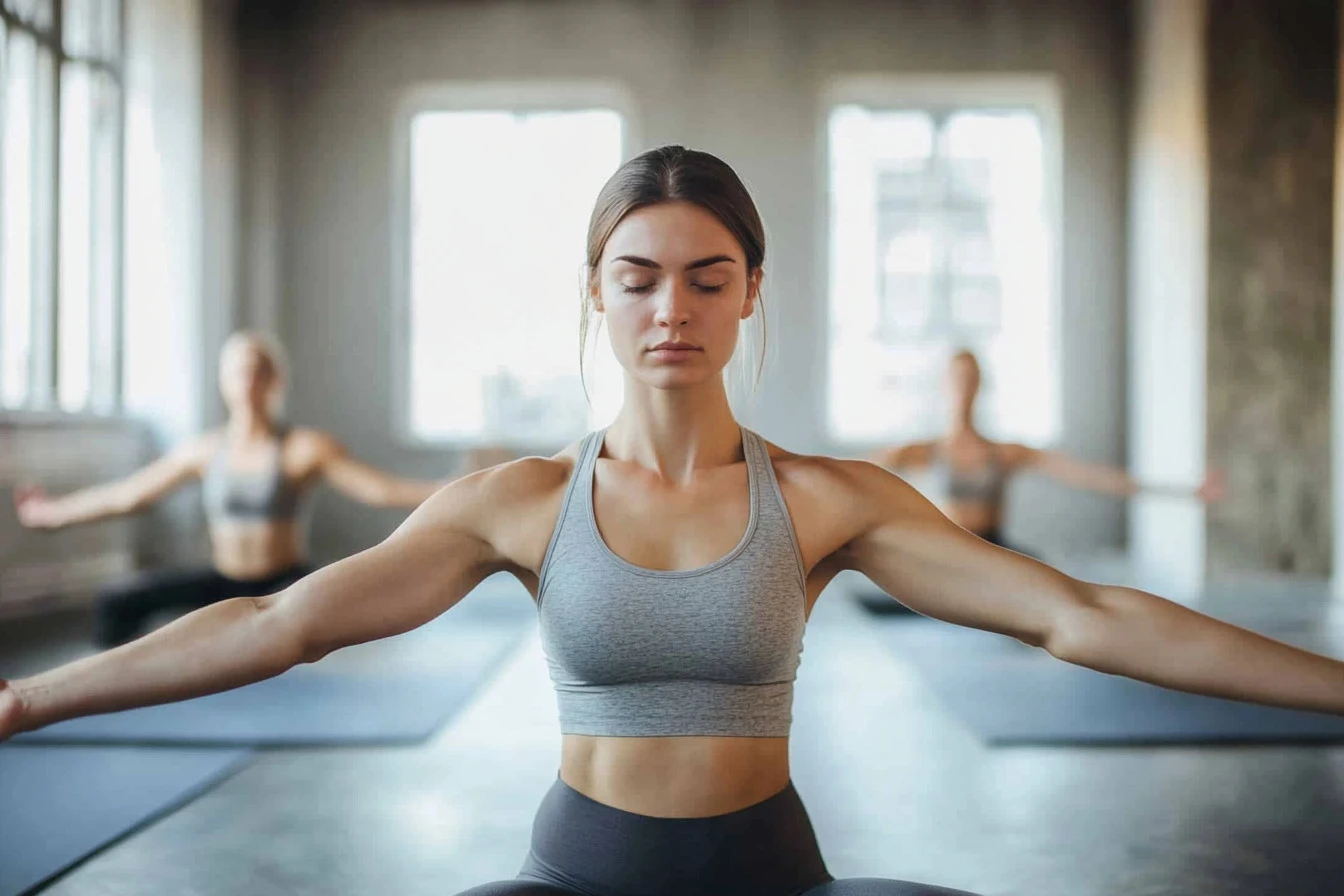The Art of Seamless Transitions in Movement
The way we move though can have a profound impact on our physical and mental wellbeing, simply because movement is so ubiquitous (at least I hope it still is for most of you! Uninterrupted transitions—meaning those smooth motions that transport us from one place to another—are not the only valuable for dancers, athletes or yogis; they may provide a feeling of peace and consciousness similar to an introspective exercise.
The Importance of Transitions
Exercise is often something we do when working at a particular post or to develop certain skills necessary for that posture. But just as critical are the transitions between these two postures. They remind us to welcome fluid movements, practice better coordination and feel more connected with our body. This is where seamless transitions can help strengthen and condition the body whilst supporting a mindful practice of focus.
Creating a Meditative State
This, I believe is moving meditatively — when we are constantly showing up to each moment as if it were something fresh and new. By performing purposeful, graceful transitions we access a higher state of flow that enhances our development. This results in decreased stress, increased concentration and a general sense of well being. Like a river flows from curve to curve so do our movements be in this same natural rhythm.
How to Practice Transitions
Try these ideas in your practice, whether you’re practicing yoga or when training for dance, to help cultivate beautiful and seamless transitions:
- Breath-Centered Movement: Allow your breath to lead your movements. Prepare Inhale: Transition Exhale Breath and motion are therefore intimately connected, which cultivates a flow.
- Take it slow: Slowly perform each movement When you slow down, it prompts your physical awareness and perception of the body leading to increased mindfulness.
- Build Core Strength – this is necessary to help stabilize you during the transitions. Also, use your core to support you through the movement and help balance. 2.
- Look at the FlowCreate an image in your mind that treats movement not as individual points but as a seamless string method. This is also a helpful visualization tecnique to insert those inbetween moments linking the poses — helping you transition more consciously and cultivate whole body awareness (snuggling).
- Try this for yourself: Move in different ways It will inspire creativity and allow innovative transitions to arise.
Conclusion
Lesspulses are not only physical movements, but also moments of deeper connection with ourselves without a doubt that meditative state. When we embody these patterns, it changes the way that you go through exercises making each session more than just about getting a sweat in but also as journey toward increased mindfulness and moving within. By focusing on these transitions, we elevate our movement practice and get to experience the poetics of fluid grace.

